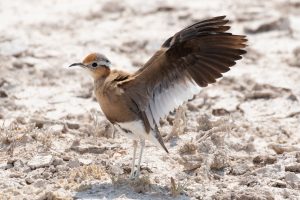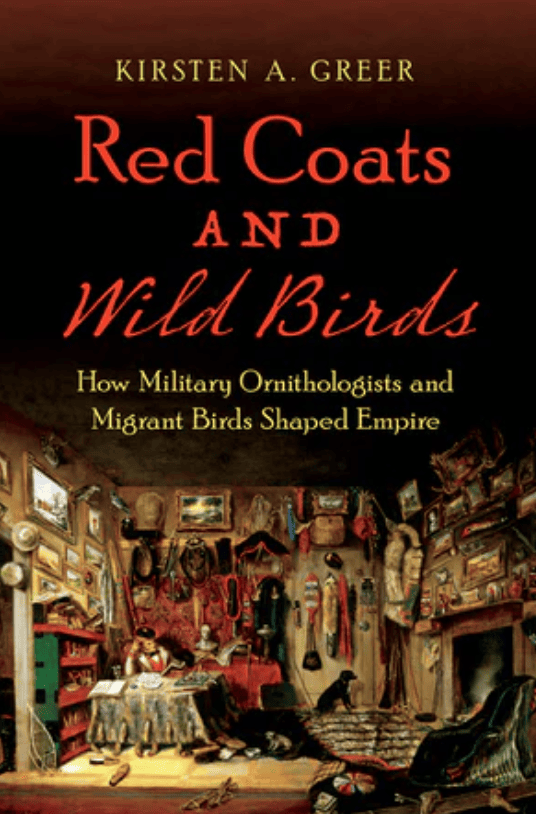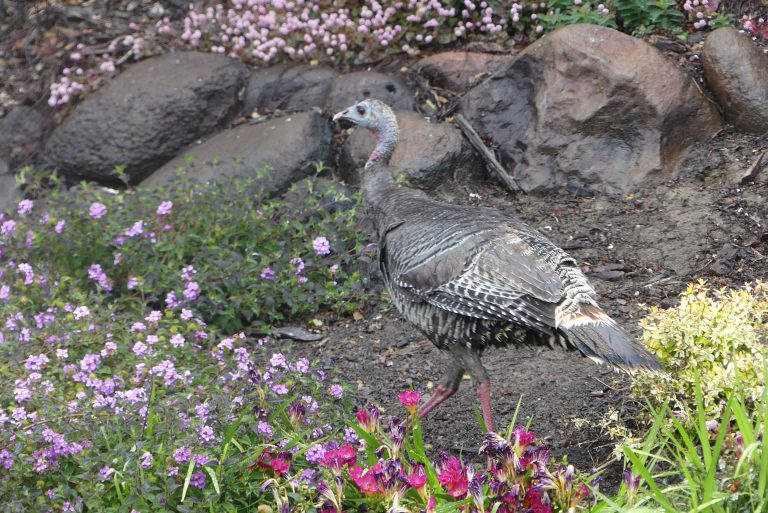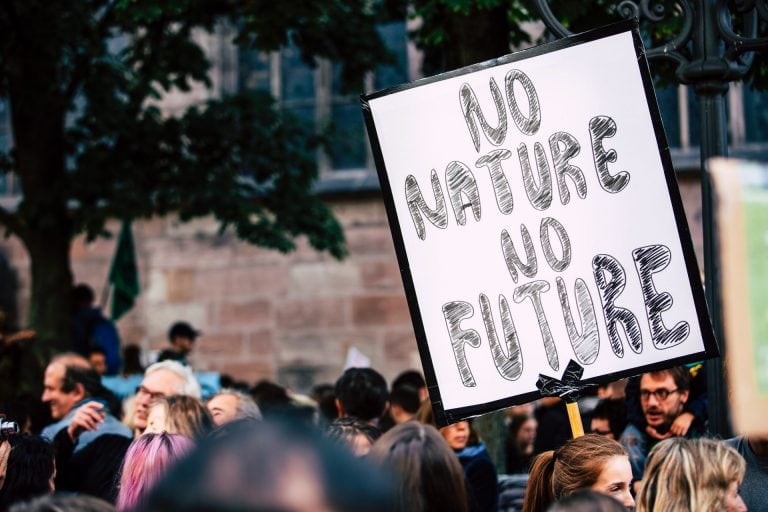Speakers
-
Namibia is one of the least densely populated countries in the world, with 2.6 million residents. It has the largest sand dunes in the world, and it hasn’t rained for over 10 years in parts of the Namib Desert. But it hosts many birds and animals that have learned to survive in this arid place. Bob and GGBA friends spent some time in Cape Town, and then drove to Walvis Bay to meet the GGBA tour group. Bob will show you many of the desert creatures he saw on tour. Photo of Burchell's Courser by Bob Lewis.
-
Red Coats and Wild Birds
During the 19th century, Britain maintained a complex network of garrisons to manage its global empire. During their tours abroad, many British officers engaged in formal and informal scientific research. Kirsten A. Greer tracks British officers as they moved around the world, just as migratory birds traversed borders from season to season. Greer examines the writings of a number of ornithologist-officers, arguing that the transnational encounters between military men and birds shaped military strategy, ideas about race and masculinity, and conceptions of the British Empire. -
Wildlife and Wildfire: Animal Adaptations for a Dynamic Ecosystem
Wildfires are an important part of many ecosystems around the world. Fires provide an opportunity for new growth, to return nutrients to the soil, and to create a wholly unique type of habitat. Many species are adapted for these ever-changing systems, and they have developed a wide variety of strategies for making the best of the post-fire habitat. -
Exploring Culturally Relevant Education and Climate Smart Restoration
Point Blue Conservation Science’s STRAW program (Students & Teachers Restoring A Watershed) implements community-based restoration projects, engaging more than 3000 students annually in hands-on restoration across California. Since beginning in 1994, STRAW has restored more than 36 miles of streams and educated 50,000 students, all free of charge to teachers thanks to generous support from partners, funders and donors. -
Human Populations and Birds
Hannah Evans
Online: Thursday, August 20, 2020 at 7 pm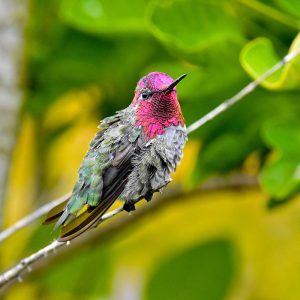 Anna’s Hummingbird by Aurora Santiago
Anna’s Hummingbird by Aurora Santiago
Bird health and human health are deeply linked. As are the links between the impacts of climate change, poverty, marginalization, and population growth. In this talk, learn how population growth, the rise in carbon emissions and the impacts of U.S. foreign assistance policies have on global health. Hannah Evans will outline some of the ways that human growth and habitat destruction contribute to climate change, and how all three factors are affecting bird populations throughout California and in other regions.
View a recording of this presentation at https://youtu.be/2SQAWEm2Faw
Hannah Evans is interested in working with students, professors, and activists to promote positive social and environmental change. Hannah works with college-level students and professors to integrate population studies back into the mainstream, with a particular focus on human rights and social justice. She develops and gives comprehensive, solution-oriented presentations focused on the connections between global population growth, access to comprehensive reproductive healthcare, and environmental sustainability. Through an examination of some of the root causes of population growth, her work seeks to highlight the interconnections between poverty, marginalization, women’s rights, and environmental pressures made worse by climate change.…

